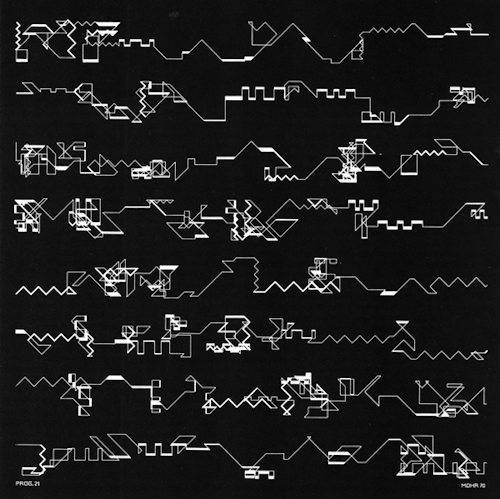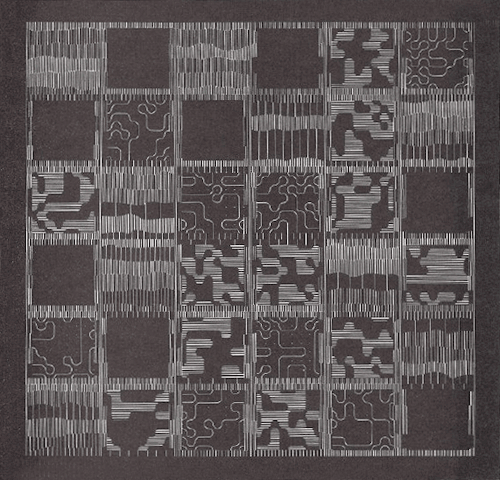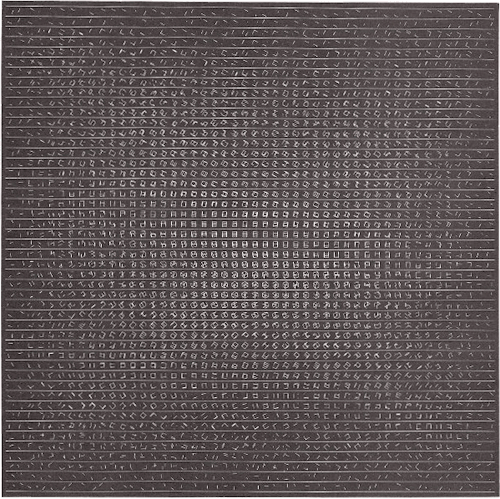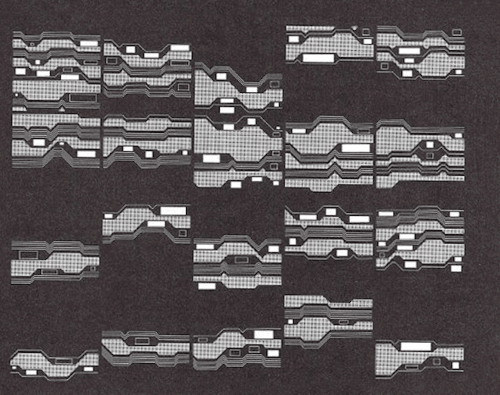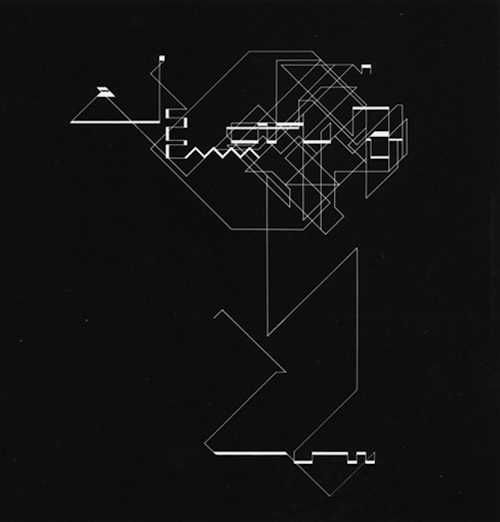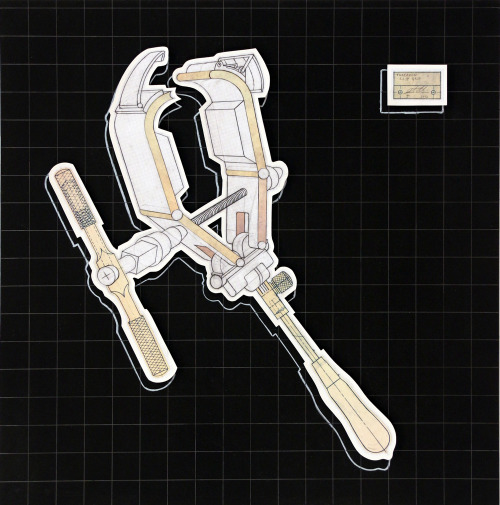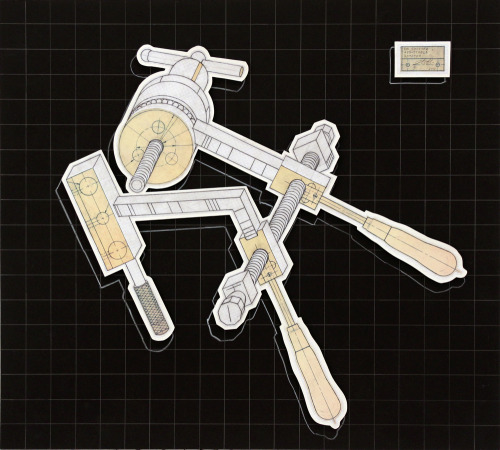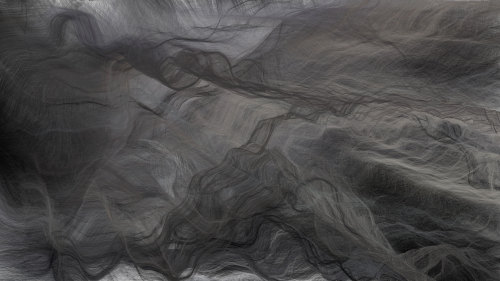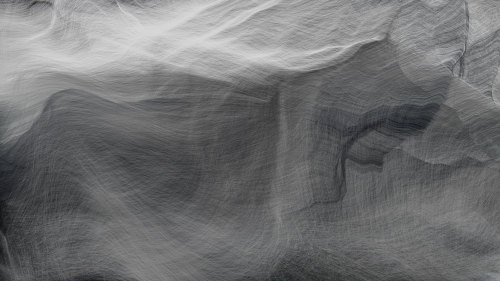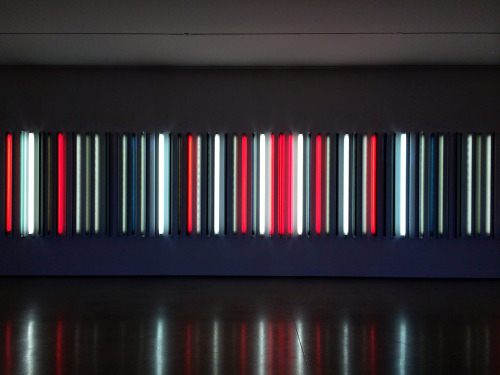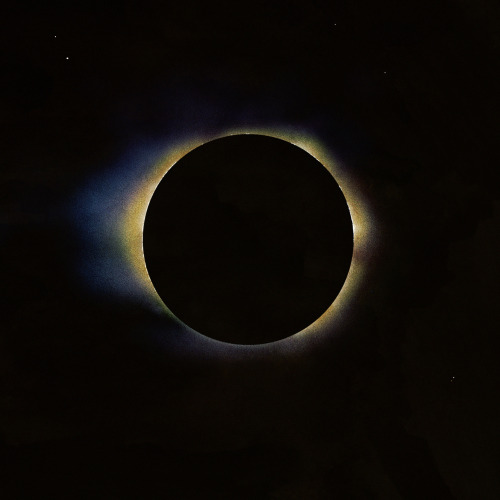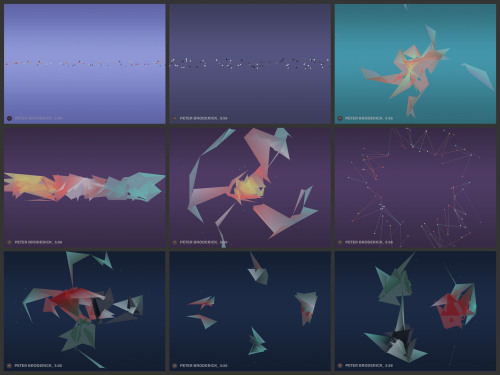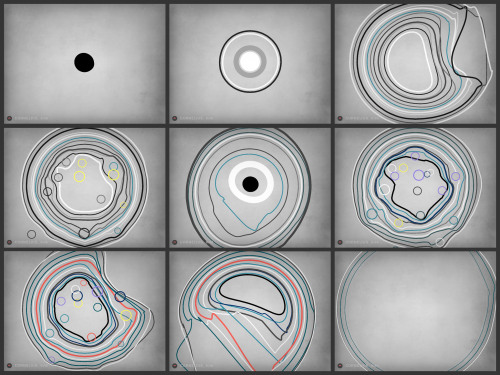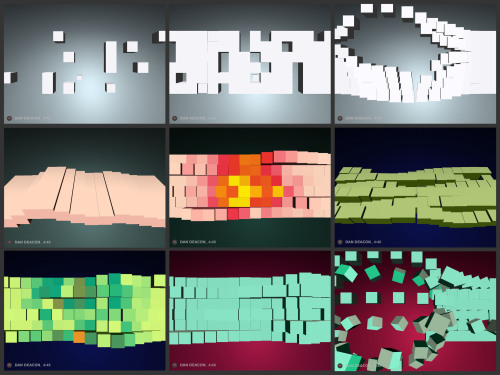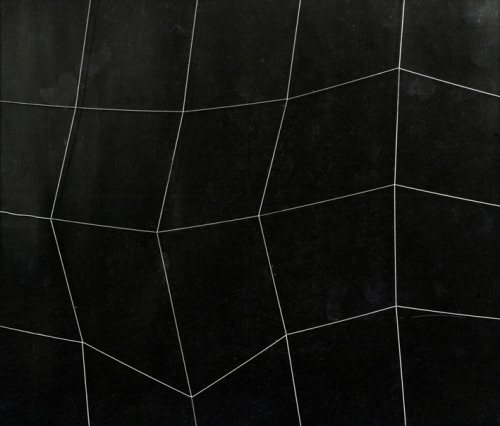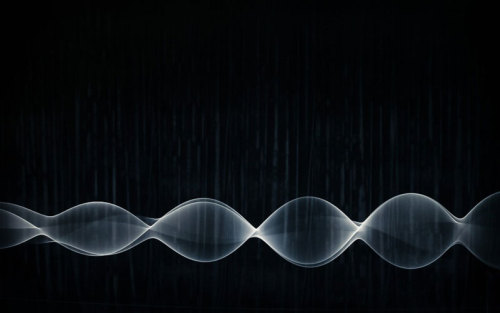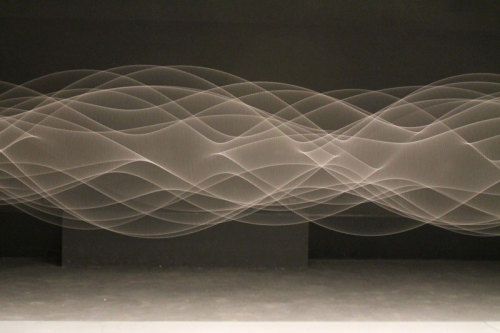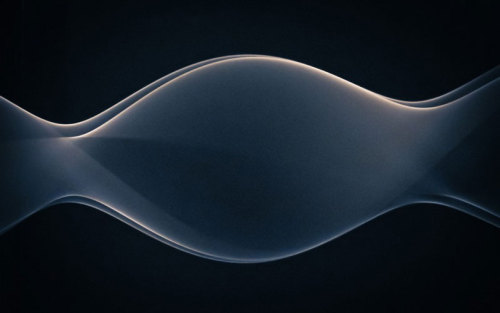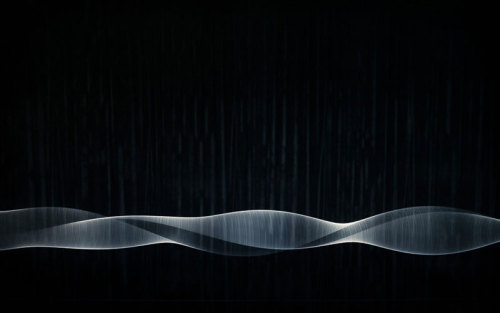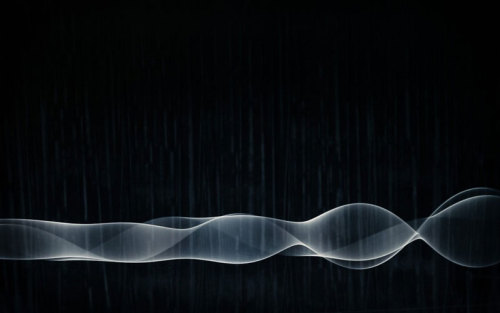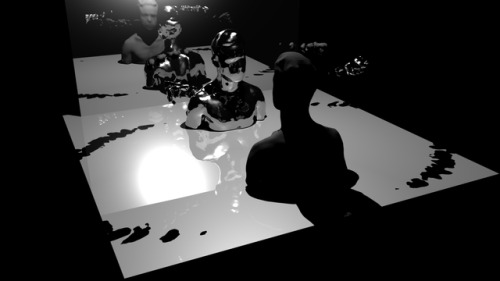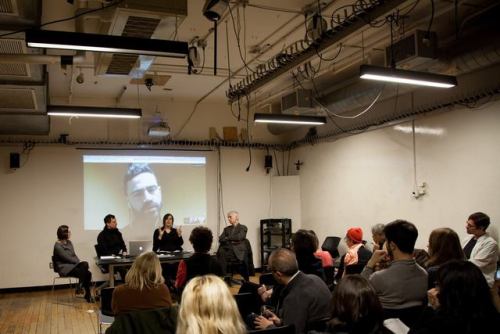#art and technology
Godfather of Digital Art - Paying Homage to Manfred Mohr
One of my favorite digital artist is Manfred Mohr. He pioneered the idea of using a computer to create graphic since 1969. He was also one of several notable artists who helped pave the existence of Algorithmic Art. Back in the days, artwork was typically displayed on a computer monitor, printed using a raster-type printer, or printed using a plotter.
Isn’t it amazing how people pushed the boundaries of technology back in the 60’s?
Check out more of his astounding work.
Post link
7Electrons eBookmark Project Almost Here!
Shown here is our eBookmark at a more advanced stage. The basic idea of operation is that a user will mark their place in a book with a touch strip and it will be stored and displayed via the embedded LEDs. A toggle switch at the top of the device selects the left or right page of the book. The indicator sleeps after 5 seconds and wakes up to display the last saved bookmark upon the next touch of the strip or toggle switch.
All of the electronics including microcontroller, white surface mount LEDs, resistive touch strip sensor, tact switch and lots of teeny tiny wires are embedded in a carved 7” x 1” x 1/8” basswood body. The front panel is a temporary proof of concept. The microcontroller code was written in pure C and compiled with avr-gcc. Getting all of these small parts wired into such a small and delicate wooden frame was no easy task. The most trying moment was when I realized I had initially installed all 16 LEDs backwards :| However, it’s already looking pretty rad at this point and I can’t wait to finish and show the final piece!
-terry
twitter.com/7electrons
7Electrons Guest Artist - Justin Amrhein
For many years I was always awestruck by my husband’s schematics. I loved the intricacies of all the traces and parts assigned. Besides the applied reasons for engineering, they always look like a work of art.
When I discovered Justin’s work, I was blown away. Not only are his schematics hand drawn but they also combine the imaginary with mechanical thinking. Truly stunning work.
Justin is a Brooklyn, NY based fine artist. His work is primarily created with graphite, acrylic, collage, plexiglas, light box-steel, and/or other mixed media.
He writes, “Figuring out how things work and how things are built intrigues me. After studying how a particular object is made and the major components crucial to its function I have the basic knowledge needed to develop versions of those objects or invent an entirely new object all together. In the form of schematic drawings, I can define function and purpose of elements that border between real objects and imaginary creations. By using different forms of labeling systems to illustrate and organize an object, I am able to provide a commentary on a multitude of subjects while creating complicated, purpose-driven machines.”
7E is proud to showcase his most recent work here. First three works (counterclockwise) are titled Replacement Cherry Tree, 2013 (57" X 40"), Threaded Clip Grip, 2013 (18 ¼” x 18"), and Rin Skitter Adjustable Rotator, 2013 (18" X 20")
Check out his other work in depth at: http://www.justinamrhein.com
-Jinna
Post link
7Electrons Guest Artist - Andreas Nicolas Fischer
As I had mentioned in another article, I have an affinity for intricate lines in artwork. And when it comes to thousands of delicate lines, you have my full attention.
Andreas is a Berlin based artist who works with “generative systems, physical representation of data as well as visualizations of digital processes.”
TitledSchwarm II (Software), he writes “the software uses a swarm of particles to gradually create an abstract composition based on the color and composition of a series of photographs. The drawing agents behave according to a set of rules, but have a degree of autonomy.
When the software is being run it produces an infinite sequence of unique images over time.”
I want a large print of the first image. I absolutely love it.
Check out his site.
-Jinna
Post link
7E Guest Artist - Pe Lang
Pe is a Swiss born artist based in Berlin and Zurich.
Moving Objects | N˚ 804 is one of several innovative art machines commissioned by ZERO1 in San Jose, California. (ZERO1 is a contemporary art event that presents and supports artists who work with art and technology.)
His kinetic art is mind-blowing. I feel this tension in my head while watching the slow interaction of cords being pushed and pulled. Made of cords, various mechanical parts, motor, actuators and/or magnets, he constructs these machines that evoke the understanding of forces and reaction.
These are crazy inspiring to me.
Check out his other work.
-Jinna
In the News - LACMA/Hyundai supports Art + Technology
LACMA and Hyundai Motor Company just announced The Hyundai Project - a brand new 10 year partnership in creating a Art + Technology and Korean Art Scholarships. Hyundai will be sponsoring exhibitions that address the intersection of Art + Technology and “champion technology-based artist projects through grants and in-kind support from leading technology companies.”
“For Korean art scholarships, The Hyundai Project will support three exhibitions and multiple publications planned over the next decade, ranging from historic, traditional art forms to new works created by contemporary Korean artists. The Korean Art Scholarship Initiative creates a new platform and model for research in these areas—key aspects of Korean art that have never before been explored on this scale in either exhibitions or books published outside Korea. The exhibitions, currently planned for 2018, 2022, and 2024, will each include international symposia, online scholarly publications, and exhibition catalogues.”
This partnership/support resonates with us as our blog is all about Art + Engineering plus I’m Korean American! This is a great way for Korean artists to step up and engage in this opportunity.
-Jinna
Photo: Robert Irwin, Miracle Mile 2013 LACMA.
Post link
7E Interview with Artist/Musician Dan McPharlin
Few weeks ago, we posted an article about our favorite Sci-Fi Artist Dan McPharlin. We had an opportunity to interview him about his process of art, science fiction, music, synthesizers, and gear.
7E- What is the earliest sci-fi you remember being exposed to? (Do you have a library of your favorite pasttime books, sleeves, material you could kindly share with us?) (See photo above that Dan shared with us!)
DM-When I was growing up in the late 70s, early 80s there seemed to be a lot of sci-fi around. I think many kids of that era just soaked it all in. The enthusiasm generated by the Apollo missions was still fuelling public fascination (and optimism) about space exploration and then films like Star Wars kicked things along nicely. My earliest cinematic memory was seeing Empire Strikes Back in the theatre, and I definitely remember being obsessed with Dr. Who. Jon Pertwee, Tom Baker era episodes were a nightly fixture on Australian public television for a number of years. The windswept quarries, medieval British towns juxtaposed with strange aliens and sci-fi hardware fuelled my imagination. There was something about the quaint Britishness of it all that I connected with. Then I began to discover the artwork of artists like Chris Foss and Roger Dean and there was no looking back!
7E- How do germs of ideas for new artworks usually emerge?
DM- Ideas usually emerge from an emotional rather than a technical inception. My art is about juxtapositions of the familiar and the strange, the natural and the manufactured. I try to imagine how it would feel to inhabit a particular environment, to set foot on the soil of a distant world. The figures in my pictures are a stand in for the audience (and myself) so as I’m painting I’m really exploring the landscape at the same time. I like to depict moments of quiet contemplation rather than action or violence and I don’t shy away from mystery or ambiguity.
7E- We’ve read that you primarily work digitally using Photoshop and Wacom. What are some tools you can not live without? Do you create an isolated color palette for each artwork or do you improvise your color choice as you go?
DM- Photoshop is the main software I use. I’ve worked hard to create a set of digital tools that are as analogous to traditional painting as possible. Facing a blank canvas is always daunting so I have a lot of ‘prepared canvases’ that give me a starting point. I usually come up with textures using traditional media which gets scanned in and chopped up in Photoshop. For example, with a series of pieces I just finished I created many of these textures using acrylics mixed with dishwashing soap. Sometimes I might even begin with an older piece of work and start painting over the top. The colour palette will tend to evolve as I go. I use the Photoshop colour-picker a lot, using the painting itself as my colour mixer, constantly switching brushes, opacity etc. The ‘feel’ of mark making has become more important to me over the years and I often place textured papers over the Wacom to simulate different materials.
7E- Could you list several musicians/artists you’ve been listening to lately while illustrating.
DM- Hector Zazou, Ryuichi Sakamoto, Steve Reich, a lot of the old BBC Radiophonic Workshop stuff, a bit of Krautrock and early 90s Warp releases.
I often put together playlists or mixes of favourite tracks to listen to while I work. I’ve recently started collecting these together and releasing them: https://soundcloud.com/cosmonostro/sets/transmissions-a-mix-series-by
7E- Which synth(s) do you currently own?
DM- I have a Synthesizers.com modular, Roland SH-101, Roland MKS-80 + Programmer, Ensoniq SQ-80, Nord Modular, a few digital things, Roland TR-808, Roland MC-4, Roland SPV-355, various samplers, analogue outboard, tape echoes. I think I could probably make do with just the modular, although I have something of an addiction to outboard effects units. My favourite way to make music is just to turn off all the computers and bounce voltages around the studio for 4 hours.
7E- Was there ever a “synth that got away”, or a piece of music gear you regret selling?
DM- I remember when a Moog Sonic 6 came up for sale for a really good price about 10 years ago. I probably should have jumped on it but at the time I was only buying modular gear and couldn’t really justify owning another monosynth. I’m a bit of a collector by nature (perhaps hoarder is the correct word!) and at the time I remember thinking do I really need this to make music, or do I just like the idea of owning it. I’m sure that inner struggle is familiar to many.
7E- What inspired the papercraft series?
DM- I suppose it was a way to express my love of analogue technology while trying to imagine an alternative timeline where digital synths like the DX-7 had never come to be; if analogue synths had continued to develop unchallenged, what would they look like? It was also a way for me to explore the aesthetics of technological objects using a non-technological medium like cardboard or paper. I wanted these objects to exist in the world and the only way for that to happen was to build them out of the materials I had around me.
(© all rights reserved.)
Post link
7E Guest Director - Scott Snibbe
REWORK_ is an app album that features 11 interactive music visualizers of remixed works inspired by Philip Glass.
Theapp features interactive audiovisual remixes by critically acclaimed musicians including Beck, Tyondai Braxton, Amon Tobin, Cornelius, Dan Deacon, Johann Johannsson, Nosaj Thing, Memory Tapes, Silver Alert, My Great Ghost, and Peter Broderick.
“In addition to the visualizers, the app includes the “Glass Machine” which lets people create music inspired by Philip Glass’ early work by simply sliding two discs around side-by-side, almost like turntables. People can select different instruments – from synthesizer to piano, and generate polyrhythmic counterpoints between the two melodies.”
The app was directed by Scott Snibbe, produced by Ahna Girshick, and engineered by Graham McDermott, with music visualizer programming and design by software artist David Wicks.
Thank you Scott for joining 7E!
-Jinna
Be sure to check out the video of Philip Glass playing with REWORK_ on the iPad:
Post link
A 7E tribute to Gianni Colombo
A relatively little known Italian artist who never quite got the recognition he should have, Gianni Colombo’s geometric and beautifully minimalist installation art was ahead of it’s time in the 1960’s and ’70s.
Post link
7E Guest Artist - Daniel Palacios
Daniel Palacios is a multimedia artist with a Masters degree in Art and Technology from Cordoba, Spain. He creates machines that stir questions about perception, memory, moments, time and space. When I discovered his installation called Waves, I was enamored by it’s intrinsic beauty which reminds me of audio or ocean waves. Two machines are programmed to hold long pieces of rope and create unique movements reacting to it’s environment.
“The installation is affected by those who watch it. When the audience moves around it they influence the movements of the rope, generating visual and acoustic sound waves from harmonic patterns to complex ones. Depending on how we may act in front of it, according to the number of observers and their movements, it will pass from a steady line without sound to chaotic shapes of irregular sounds (the more movement there is around the installation) through the different phases of sinusoidal waves and harmonic sounds; examining the action-reaction principle applied to sound and space.”
Watch his vimeo.
-7E
Post link
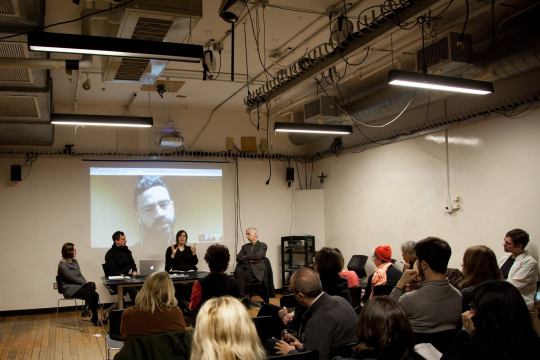
“Now, more than ever, we need to get together to explore ways in which the live media can be used to foster action, creativity, and inclusivity!” - REFEST 2.0 / Presented by ITP, CultureHub, and WITNESS at ITP/NYU - 721 Broadway 4th Floor
The State of Telematic Art in 2017 - A Panel Discussion (Billy Clark, Michael Dessen, Daniel Pinheiro, Jesse Ricke, Robert Rowe, Kate Sicchio, & Sarah Weaver)
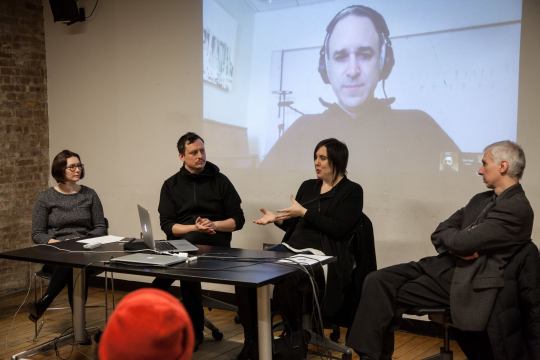
Check out photos of Refest 2.0 here!
Some thoughts on The State of Telematic Art:
From the early experiments on satellite connections to allow the bringing together of distant remote locations into one same (shared) space until nowadays seamless use of online tools that almost invisibly bring together users from any location into the same room, Telematic Art has been exploring the way technology – and more specifically networked environments – shapes human interaction.
The possibility of dissipating time and distance in projects from artists like Kit Galloway, Paul Sermon or in the thoughts of Roy Ascott has been a major concern towards the development of ‘structures’ that often reflect upon the human impossibility of ubiquity.
In projects like LAND PROJECT or, within that one, the more recent, in collaboration with Annie Abrahams, Distant Feeling(s) the main goal is to deconstruct the sense of co-presence in the same time and space and traduce it / materialize it into actions that are (possible) models of re-thinking our agency in a networked society and within the digital sphere.
Either by experimenting ‘moving’ together with someone that is not in the same space as you, but that becomes present through mediation or trying to perceive the presence of ‘others’ in the network by creating a moment of silence and stillness where we’re left alone in front of our computers but as a group, the art object becomes complete in the intersection space; often the output (the format in which the result is shown) – the same surface used for the process of mediation to happen.
Although networked practices find at its core, with the developments made over the last decade on having the tools more accessible to the practitioners, the possibility of building connections between artistic communities and bringing them together in a more sustainable way providing a medium that beyond allowing connection facilitate collaboration, these practices deal with characteristics of the environment in which they happen and elaborate on ways to approach them and shape the methologies of artistic production. The perception of synchronicity in projects like the one’s of Sarah Weaver is one of the many aspects included in the way our body and brain perceive this context which is a specific space for which a specific type of art is being developed.
Thinking about the space where Telematic Art happens is to re-think a space/place and developing tools that widen the potential of the practices related to it. Either it is by connecting human-to-human through the machines, input external live data that disrupts the ‘normal’ (organic) way of moving and/or behaving or, as an example, investigate latency as part of music composing where sounds travel across distant locations and how all of this is (also) a consequence of living in the digital age, transforms telematics into a process of thinking the world we live, acknowledging that we are not constricted to our own contexts but that we can (more easily) reach out and build significant discourses about possible futures – an extension of what we are now.
To be thinking and practicing Telematic Art was and it is about reformulating the present by overcoming (and troubleshooting) impossibilities allowing our perception about the world to change.
Youngblood reiterates the ethical responsibility of artists to utilize telecommunications in a socially constructive manner, but is skeptical of how early telematic artworks merely repeated what had become common commercial practices. “A communications revolution is not about technology; it’s about possible relations among people,” he observes, arguing that this revolution has the potential to invert extant social relations, transforming the centralized, hierarchical structure of geographically discrete nations into one of decentralized, but politically significant, communities defined by “consciousness, ideology and desire.” (…) the artistic use of telecommunications is “special” (i.e., art as opposed to nonart) only if the media are employed in a way that is not “done every day in business and industry,” and therefore “given, obvious, routine, … [and] politicized.”-‘Roy Ascott, Telematic Embrace - Visionary Theories of Art, Technology, and Consciousness’
“Now, more than ever, we need to get together to explore ways in which the live media can be used to foster action, creativity, and inclusivity!” - REFEST 2.0 / Presented by ITP, CultureHub, and WITNESS at ITP/NYU - 721 Broadway 4th Floor | March 5th, 2017
The State of Telematic Art in 2017
A Panel Discussion (Billy Clark, Michael Dessen, Daniel Pinheiro, Jesse Ricke, Robert Rowe, Kate Sicchio, & Sarah Weaver)
Check out photos of Refest 2.0 here!
Some thoughts on this here
Post link

